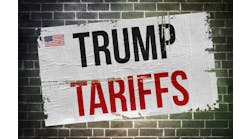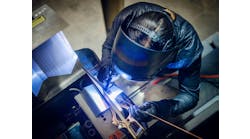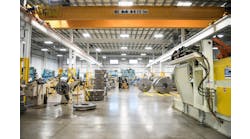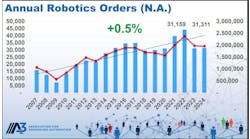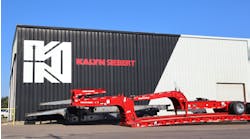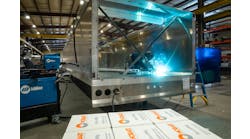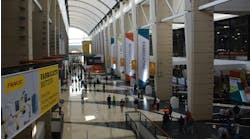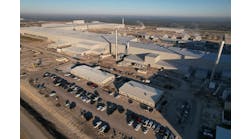Looking back at 2018, there’s plenty to be happy about for those of us in the transportation equipment industry.
Times have been so good that we can complain about them while booking profits: Supply constraints have meant manufacturers had to be diligent in managing production, and transportation shortages have compounded the delays.
Yet as challenging as these component shortages have been, one might make the case that rising materials prices, along with tariffs and the threat of trade wars, had an even bigger impact on our industry this year. But I’d argue that, while uncertainty is uncomfortable, trade issues will be a more significant story for 2019-2020—or (we can hope, when all’s said and done) they might not be a big story at all.
Based on my visits with truck and trailer manufacturers, body builders, and upfitters this year, I contend that the biggest story for our industry has been the scramble to find qualified workers. The skilled labor shortage is important because it’s an issue without obvious solutions, and it’s a problem that’s not going away.
The Conference Board just published a report, “Blue-Collar Worker Shortages: Navigating a Business Environment of Higher Labor Costs,” explaining that aging Baby Boomers aren’t being replaced fast enough as more high school seniors are opting for college educations and white-collar careers. This comes as employment in the transportation equipment manufacturing sector continues a steady upward climb, having nearly replaced all the jobs lost following the Great Recession.
“We expect that by the end of 2019, the labor market will be historically tight,” the reports says.
Similarly, the latest ISM Employment Index indicated growth in employment for the 26th consecutive month.
“A lack of experienced workers is having an impact on production, which impacts sourcing due to the skills gap in the manufacturing trades; particularly computer numeric controlled machinists, but also assemblers and welders,” reported a fabricated metal products respondent. “The challenge is meeting customer-delivery requirements for new and repaired equipment.”
Indeed, at every manufacturing facility I visited this year I heard about the challenge of attracting and keeping skilled workers—or even good trainees. At the Morgan Olson facility in eastern Tennessee I sat in on a training class in which the team builds a section of the cab of a walk-through van, and then follows that section through the assembly of a completed truck. At TBEI’s Lake Crystal (MN) facility, I learned how the company emphasizes community involvement and training opportunities, including paid internships for high school students. And, as covered in this month’s print edition, Western Truck Fab's Mark Meyers has been “all around the block” with recruiting efforts, but his biggest challenge is paying Bay Area wages and still being competitive in a regional marketplace.
Wabash National deserves special recognition for a one-of-a-kind solution to finding people skilled enough to launch its new molded structural composites reefers: Wabash converted a shuttered boat plant into a next-generation trailer manufacturing facility, and rehired workers already trained in working with fiberglass.
Upcoming, Trailer/Body BUILDERSwill feature stories about a trailer manufacturer whose business model calls for rehabilitating, training, and hiring people with drug convictions; and another in which the employees own the small company.
Less talked about, of course, is the use of undocumented workers. A Texas trailer manufacturer made national headlines last summer when it was raided, and suspected illegal workers were hauled off by the busload. But, when orders are backing up, the temptation is real. I visited a facility this year where a shop manager admitted that it wasn’t his job to ask too many questions, but he appreciated skilled workers who could pass a drug test and show up on time every day.
More broadly, a FABTECH 2018 panel on the state of US manufacturing discussed the labor issue at length (What we talk about when we talk about manufacturing: FABTECH panel). Among the panelists suggestions: Manufacturers need to do a better job of promoting themselves, and of helping policy makers to focus on support for training “new collar” workers rather than creating new jobs that can’t be filled.
Then we have the generational thing. I sat in Boomer/Millennial/Gen X discussions at nearly every industry event I attended in 2018. And detailed discussion of Gen Z (FABTECH panelists ponder challenges, opportunities associated with younger employees in manufacturing)is also part our FABTECH 2018 coverage in this issue. (Hint: Kids today are incredibly comfortable with technology, so take advantage.)
While any discussion of a long-term solution to the skilled labor shortage tends to be more theoretical than practical, the squeeze will continue for 2019. That’s the good news/bad news from FTR (2019 should be a great year for equipment, but no upside, FTR says): Barring an unexpected jolt to the US economy, we’re in for another record year.
So find some good people, and be good to them.
